Introduction
Tea, an ancient and revered beverage, holds a unique place in the hearts and traditions of cultures worldwide. From the meticulous rituals of Japanese tea ceremonies to the casual brewing practices of everyday tea drinkers, the preparation and enjoyment of tea are steeped in history, culture, and personal preference. One crucial yet often overlooked aspect of tea preparation is the process known as “awakening tea” or “waking tea” – a term used to describe the method of preparing tea leaves to enhance their flavor, aroma, and overall drinking experience. This article delves into the intricacies of how to awaken tea, exploring the science behind it, various techniques, and the impact it has on different types of tea.
Understanding the Purpose of Awakening Tea
Before diving into the specifics of how to awaken tea, it’s essential to understand why this step is necessary. Awakening tea, also referred to as “rinsing” or “washing” the leaves, serves several purposes:
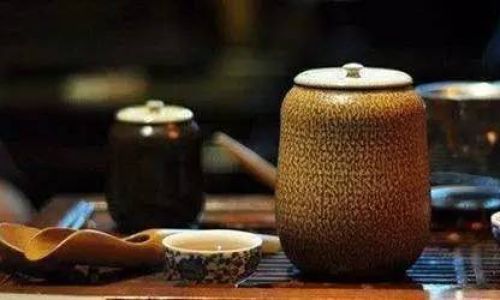
-
Removing Dust and Impurities: Tea leaves, especially those sourced from loose-leaf varieties, may contain dust, small particles, or even remnants of pesticides and fertilizers (though this is less likely with organic and high-quality teas). Rinsing the leaves helps to cleanse them before brewing.
-
Enhancing Flavor: The process of awakening tea allows the leaves to “wake up” and release their full aroma and flavor potential. It’s akin to giving the leaves a gentle stretch before they are fully immersed in hot water.
-
Adjusting Brew Strength: By rinsing the leaves first, you can control the strength of the subsequent brew. This is particularly useful for teas that may become overly bitter or astringent if over-brewed.
-
Bringing the Leaves to Life: Visually, awakening tea can be a fascinating process. Watching the leaves unfurl and come to life as they are exposed to water can be a meditative experience, setting the tone for a mindful tea session.
Types of Tea and Their Awakening Needs
Different types of tea require different approaches when it comes to awakening. Here’s a breakdown of how to approach each category:
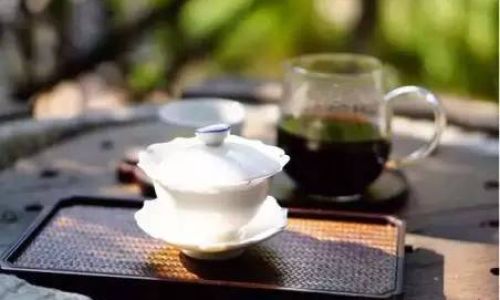
-
Green Tea: Green tea is delicate and prone to bitterness if over-brewed. A quick rinse with cool to lukewarm water (around 70-80°C) for about 10-15 seconds is sufficient. This gentle treatment helps preserve its fresh, grassy notes.
-
Oolong Tea: Oolong teas, known for their complex flavors and aromas, benefit from a slightly longer rinse with hotter water (around 90-95°C) for about 20-30 seconds. This allows the leaves to open up and release their floral and fruity notes.
-
Black Tea: Black teas can handle a more robust rinse. Use boiling water (100°C) and let the leaves steep for about 30-45 seconds. This helps to bring out their malty, robust flavors and deep red to brown hues.
-
Pu-erh Tea: Pu-erh, especially aged varieties, often requires a more extended rinsing process. Use boiling water and let the leaves steep for 1-2 minutes. This helps to soften the leaves and release any stored flavors and aromas that have developed over time.
-
White Tea: White teas are extremely delicate and should be handled with care. A very brief rinse with cool water (around 70-75°C) for 5-10 seconds is ideal. This preserves their subtle, floral, and sometimes sweet flavors.
-
Herbal and Fruit Tisanes: While not traditional teas made from the Camellia sinensis plant, herbal and fruit tisanes can also be “awakened.” A quick rinse with warm water helps to soften dried fruits, flowers, and herbs, making them more flavorful in the final brew.
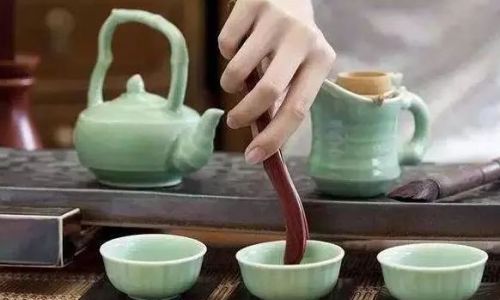
Techniques for Awakening Tea
Now that we’ve established the why and the what, let’s explore the how. Here are some techniques for effectively awakening tea:
-
Pre-Warming the Teapot or Infuser: Always start by pre-warming your teapot or infuser with hot water. This ensures that the temperature of the water used for rinsing and brewing remains consistent, enhancing the extraction of flavors.
-
Using the Correct Water Temperature: As mentioned earlier, the temperature of the water used for rinsing varies based on the type of tea. Always use a thermometer to ensure accuracy, especially when dealing with delicate teas like green and white varieties.
-
Timing is Key: The duration of the rinse is crucial. Too short, and the leaves won’t have enough time to wake up; too long, and you might extract unwanted bitterness. Use a timer or set a mental cue to ensure precise timing.
-
Gentle Agitation: Gently swirling the water in the teapot or infuser after adding the leaves can help distribute the heat more evenly and encourage the leaves to unfurl. Avoid vigorous stirring, which can bruise the leaves.
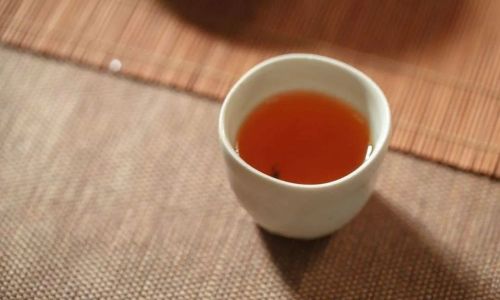
-
Discarding the Rinse Water: After rinsing, pour out the water completely. This ensures that no bitter or unwanted flavors are carried over into your final brew.
-
Observing the Leaves: Take a moment to observe the leaves as they change during the rinsing process. This can provide insights into their quality and how they might taste in the final cup.
Conclusion
The art of awakening tea is a delicate balance of science and intuition, requiring attention to detail and a respect for the tea’s unique characteristics. By understanding the purpose of rinsing, adapting techniques to different tea types, and paying close attention to water temperature, timing, and leaf handling, you can unlock the full potential of your tea leaves. Whether you’re a seasoned tea enthusiast or just beginning your journey, mastering the art of awakening tea will elevate your tea-drinking experience, making each sip a mindful and flavorful adventure. So, the next time you prepare a cup of tea, remember to awaken the leaves first – it’s a small step that makes a world of difference.



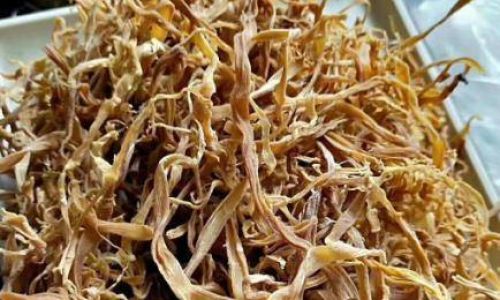


0 comments